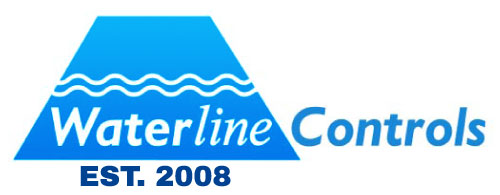Cooling Tower Vs Chiller
Cooling towers and chillers are both used in HVAC systems to remove heat, but they operate differently and are suited for different applications. Here’s a comparison to help understand their functions, advantages, and disadvantages:
Cooling Tower
Function: A cooling tower is a heat rejection device that extracts waste heat to the atmosphere by cooling a water stream to a lower temperature.
Working Principle:
- Evaporative Cooling: Water is pumped to the top of the cooling tower and sprayed over a heat exchange surface. As the water flows down, air is drawn through the tower, causing some of the water to evaporate. This evaporation cools the remaining water, which is then recirculated through the system.
Applications:
- Used in industrial processes, large commercial buildings, and power plants where large amounts of heat need to be removed.
- Common in HVAC systems for cooling buildings.
Advantages:
- Energy Efficient: Uses less energy compared to chillers for the same cooling capacity.
- Cost Effective: Lower operating costs due to lower energy consumption.
- Effective for Large Systems: Suitable for large-scale cooling applications.
Disadvantages:
- Water Consumption: Requires a constant supply of water, which can be a concern in water-scarce regions.
- Maintenance: Needs regular maintenance to prevent issues like scaling, biological growth, and corrosion.
- Climate Dependency: Efficiency can be affected by ambient temperature and humidity.
Chiller
Function: A chiller removes heat from a liquid via a vapor-compression or absorption refrigeration cycle. This liquid can then be circulated through a heat exchanger to cool air or equipment.
Working Principle:
- Vapor-Compression Cycle: Uses a refrigerant to absorb heat from the water in the evaporator. The refrigerant is then compressed, which increases its temperature, and the heat is rejected in the condenser. The cooled refrigerant is then expanded and circulated back to the evaporator.
- Absorption Cycle: Uses heat energy (from steam or hot water) to drive the refrigeration process, which is more common in specific industrial applications.
Applications:
- Used in smaller commercial and residential buildings.
- Common in HVAC systems for precise temperature control.
- Suitable for applications where water is not readily available or where water conservation is important.
Advantages:
- Versatility: Can be used in a wide range of applications, including precise cooling for manufacturing processes.
- Water Conservation: Does not require a continuous water supply like cooling towers.
- Climate Independence: Less affected by ambient weather conditions compared to cooling towers.
Disadvantages:
- Energy Consumption: Generally uses more electricity compared to cooling towers, leading to higher operating costs.
- Initial Cost: Higher upfront costs due to the complexity of the system.
- Maintenance: Requires regular maintenance, especially for the refrigeration components.
Comparison Summary
- Energy Efficiency: Cooling towers are generally more energy-efficient than chillers.
- Water Use: Cooling towers consume more water, while chillers are more water-efficient.
- Application Size: Cooling towers are suitable for large-scale applications, whereas chillers are better for smaller, precise cooling needs.
- Climate: Cooling towers are more effective in dry climates, whereas chillers can operate effectively regardless of the climate.
- Cost: Cooling towers typically have lower operating costs but may have higher water costs. Chillers have higher energy costs but are more versatile in applications.
Choosing between a cooling tower and a chiller depends on the specific cooling needs, available resources, and environmental considerations of the application.


